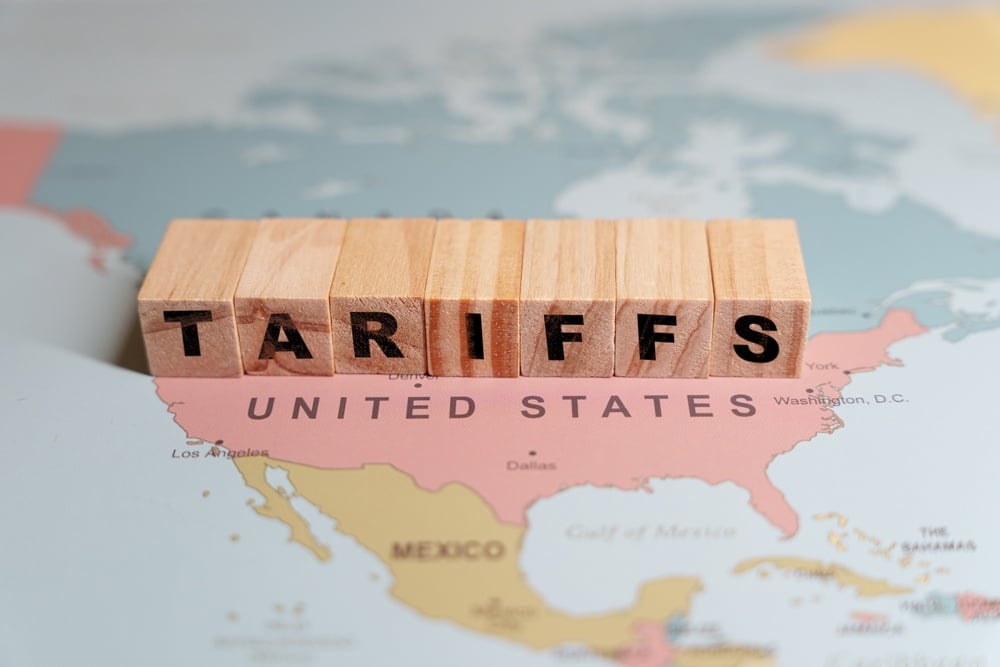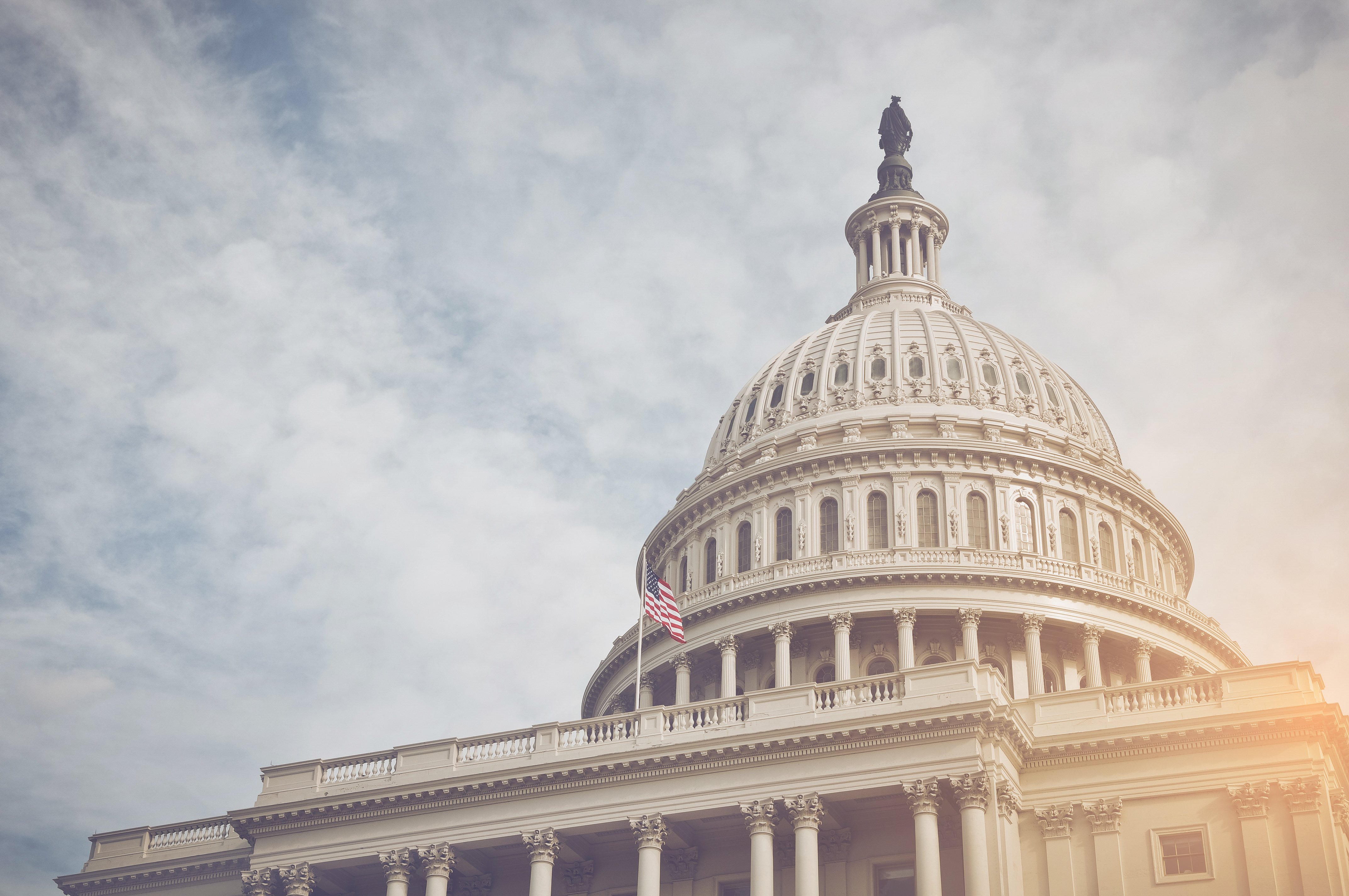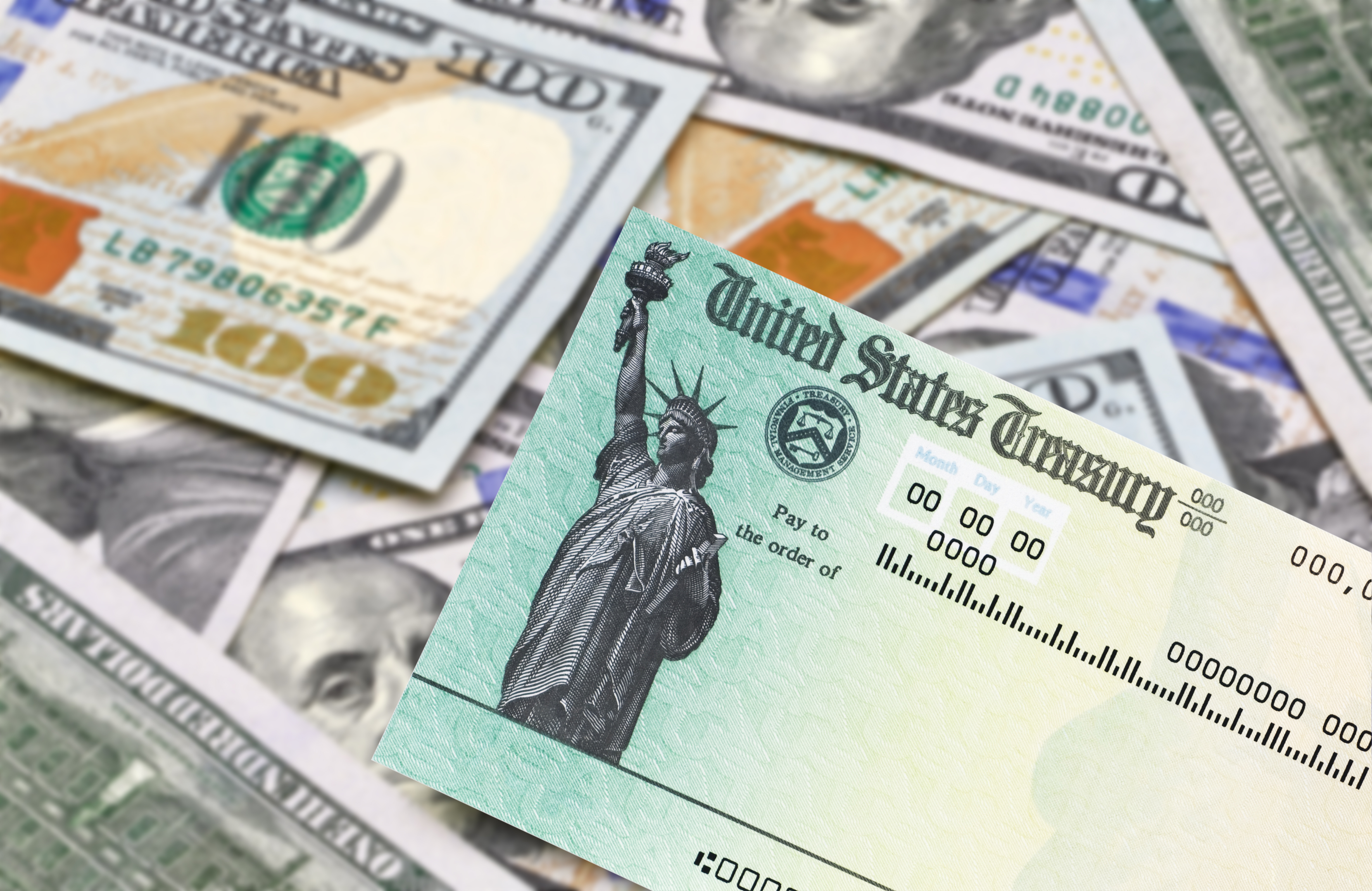Corporate Transparency Act Imposes New Beneficial Ownership Information Reporting Obligations
Effective January 1, 2024, U.S. and foreign entities doing business in the U.S. may be required to disclose information regarding their beneficial...
2 min read
Wei Wei & Co
:
Apr 11, 2025 8:00:00 AM

In a significant escalation of trade tensions, the United States expanded tariffs on steel and aluminum imports in March, reigniting concerns of a broader global trade conflict. The new measures, effective March 12, imposed a 25% tariff on steel and aluminum products from all countries, including derivative goods. These actions reflect the administration’s continued use of tariffs as a policy tool to influence both domestic and international economic agendas.
The March tariffs were enacted under Section 232 of the Trade Expansion Act of 1962, which authorizes the President to impose restrictions on imports deemed to threaten national security. These duties extend the steel and aluminum tariffs introduced in 2018 and replace earlier exemptions for key trading partners, including Australia, Japan, Mexico, Brazil, and South Korea.
While some countries initially refrained from responding, Canada and the European Union (EU) took swift retaliatory action in mid-March. Then, on April 2, the administration introduced an even more expansive policy shift: a new system of "reciprocal tariffs" to be implemented in two phases starting April 5.
Canada and the EU Respond with Retaliatory Tariffs
On March 13, Canada imposed 25% tariffs on C$29.8 billion worth of U.S. goods, including steel, aluminum, tools, computer equipment, and sporting goods. These duties apply to U.S.-originating products under the USMCA marking rules and build on an earlier list from March 4 covering C$30 billion in additional goods. A third proposed list, totaling C$125 billion, closed for public comment on April 2 and could result in overlapping tariffs on certain U.S. imports.
That same day, the EU announced a two-phase response. The first phase reinstates previously suspended “rebalancing” tariffs from 2018 and 2020, effective April 1, 2025, with duties up to 50% on select U.S. goods such as boats, bourbon, and motorcycles. The second phase targets an estimated €18 billion in U.S. exports and will focus primarily on agriculture and manufacturing, pending consultation with EU stakeholders.
April 2: U.S. Launches “Liberation Day” Tariff System
On April 2, the President announced a new two-step tariff policy known as the “Liberation Day” tariff package. Beginning April 5, a 10% universal tariff will apply to nearly all imports, with additional duties of up to 44% to follow on April 9 for countries deemed to impose unfair trade barriers.
These higher rates are based not only on existing tariffs imposed on U.S. goods but also on non-tariff barriers such as value-added taxes, export subsidies, and technical regulations. The administration cited these combined practices as justification for the elevated reciprocal tariffs. For example, imports from China will now face a total duty rate of up to 54%.
The new tariffs were enacted using the International Emergency Economic Powers Act of 1977, allowing the President to declare a national economic emergency to address foreign threats. While Canada and Mexico are currently exempt from the new universal tariffs under prior executive orders, they remain subject to earlier Section 232 measures.
What’s at Stake for U.S. Businesses
These tariff developments create substantial uncertainty for companies that import into the U.S. or operate across global supply chains. Trading partners impacted by the new tariffs—including Canada, the EU, China, Japan, and South Korea—account for a significant share of U.S. imports across multiple sectors:
Companies face rising costs and the possibility of multiple layers of duties on the same goods, depending on their origin and product classification. A key concern remains whether these additional costs can be passed on to customers, or if they will strain profit margins and disrupt procurement and pricing models.
With additional sector-specific tariffs expected in the coming weeks—covering auto parts, semiconductors, and other strategic goods—importers should closely monitor regulatory changes and model potential cost scenarios.
How Wei, Wei & Co., LLP Can Help
Tariff changes and shifting international trade policies can have significant financial implications. At Wei, Wei & Co., LLP, we help clients navigate the impact of global developments, including changes to the cost of goods sold, inventory valuation, and tax planning strategies.
Visit our services page to learn how we can help your business adapt to a shifting global trade environment through thoughtful tax guidance and strategic insight.

Effective January 1, 2024, U.S. and foreign entities doing business in the U.S. may be required to disclose information regarding their beneficial...

The Treasury Department and the IRS on October 5 issued proposed regulations providing guidance under Internal Revenue Code Section 367(b) related to...

In 2022, Congress passed the Inflation Reduction Act (IRA), a broad piece of legislation featuring provisions to advance clean energy production and...